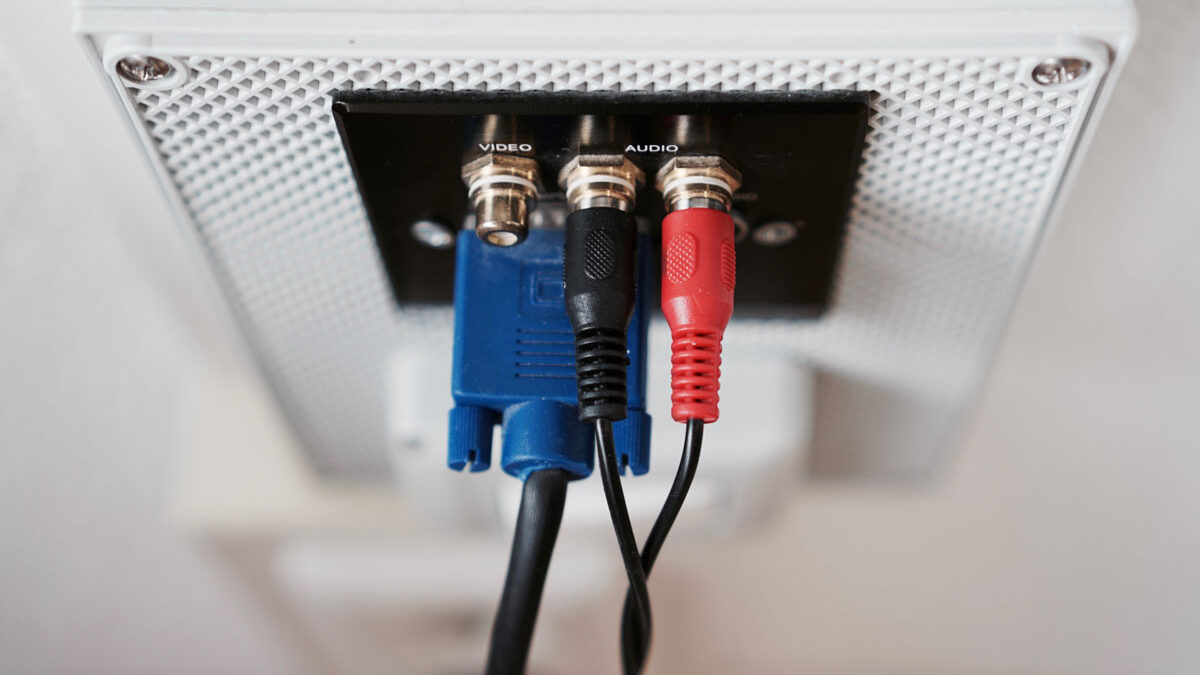Floor Sanding Process
Preparation
If a room is currently carpeted, the carpet needs to be removed along with the carpet strips and underlay. Start by removing the carpet. Then pull up the underlay and carpet strip.
Floors which have a vinyl floor covering (Linoleum) may be more challenging. Depending on the amount of glue used, the lino can be difficult to remove. It the lino has been professionally installed, it should have a layer of masonite between it and the floor. If the lino is very difficult to remove, ask us about our newly developed technique for removing it.
After the previous floor covering has been removed, we then, inspect the floor for:
staples from the underlay
nails from the carpet strip
nails protruding from the floor
Your quote includes the following workscope
The floor nails should be set and countersunk below the surface of the wood.
Sanding:
Sanding an existing wood floor usually consists of multiple (6-8) sanding passes. Each pass is performed with a different grit of sand paper, with a final pass using a very fine 180 – 220 grit screen, depending on the type of wood being sanded. We stock sandpapers with grits of: 24, 36, 40, 60, 80, 100 and 120. Grits finer than this are replaced by screens at 150, 180 and 220 grit. The lower the grit number, the more coarse the paper. We select the proper combination of sandpapers needed based on the floor condition and the harndess of the timber.
Staining:
If staining is required, we using one of two types of staining technique:
Type 1 – Staining floor before applying multiple clear polyurethane coats.
-> In this case the stain replaces the sealer as it acts as a sealer.
Type 2 – Mixing tint with polyurethane and it replace first coat out of a 3 coat system.
-> Example: one or two coats of stain with one coat of clear polyurethane is required to complete a staining job.
Finishing:
Generally, finishing a hardwood floor requires three coats applied over a period of two days, however, if humidity levels are high, it could take an additional day to complete the process.
After the floors are sanded and cleaned, we apply the first coat of sealer to make the absorption level of the timber even. We allow the coat to dry for at least 90 minutes before applying the second coat of polyurethane. After the second coat of polyurethane is applied, the floor is sanded with a fine grit sandpaper (180-220 grit) to knockdown the grain and to abrade the surface, so the top coat will adhere properly. After the top coat has been applied, the floor will have what is called a three-coat system which will last for many years.
Curing:
Allow 24 hours before subjecting the floor to light traffic. After 24 hours of drying time, walking on the floor with bare feet is allowable. Full curing of the coating will take 5 ~ 7 days and during this period, your floor should be treated carefully and kept dry. Furniture may be moved onto the floor the day after the top coat, but chairs and anything which slides on the floor, should not be used until after the full curing period.

